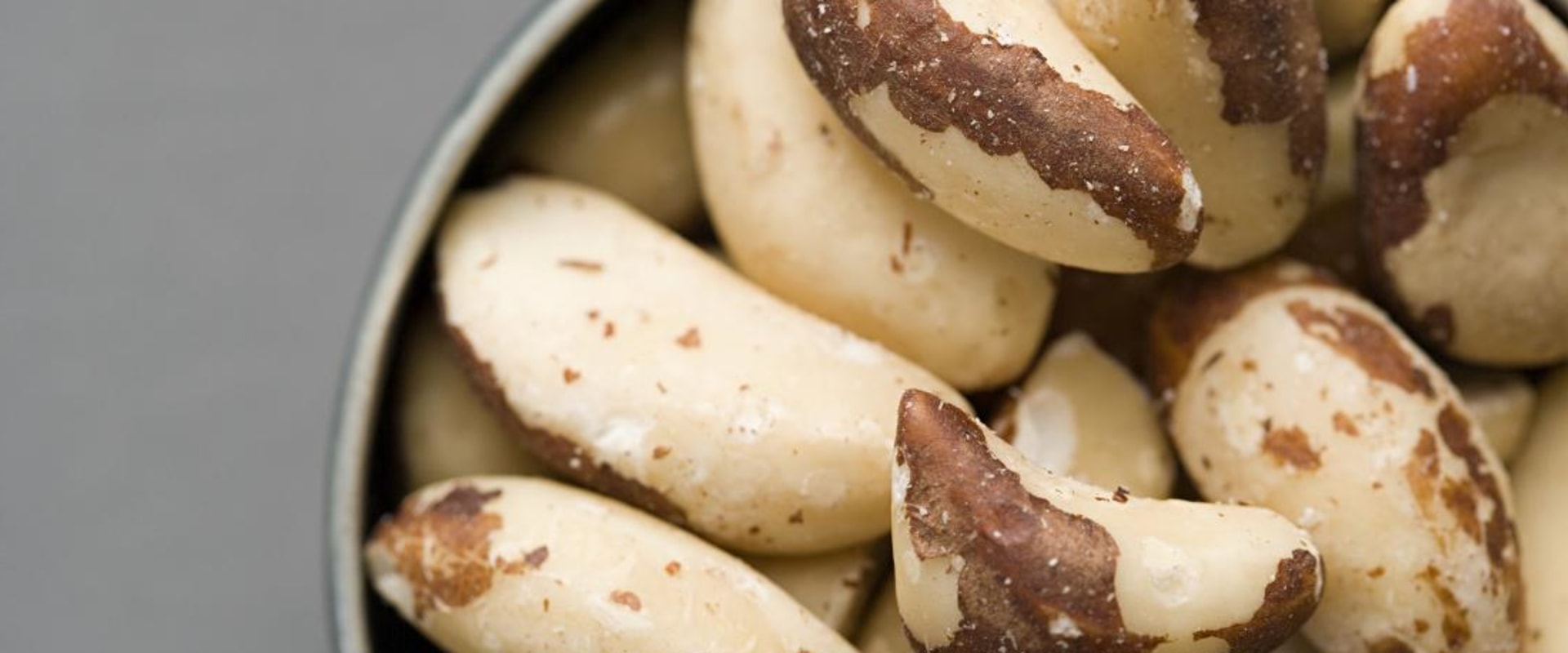Brazil nut cannot be grown commercially to increase supply because trees, which can reach 50 meters in height and live for a thousand years, depend on the complex ecosystem of the Amazon to grow. Locals harvest walnuts every year and travel to the depths of the Amazon by boat to pick up fallen pods. News from Bolivia's rainforests - Brazil's walnut harvest this year has declined by 60-70%, mainly due to El Niño. Bolivia produces nearly half of the world's supply and reports that the capsules are empty.
Trees aren't producing this year, which also means that communities that make a living harvesting this nutritious nut are likely to suffer. Bolivian authorities are planning new strategies to counter shortages due to this overwhelming drought, such as cutting vines around Brazil nut trees in the native rainforest, which could triple the yield of individual trees. Eating mixed nuts while watching the Rio Olympics made me think both about Brazil and nuts (naturally). So I decided to investigate the nut that bears the name of the South American country.
It turns out that the Brazil nut is not really a nut, and they are harvested more in Bolivia than in Brazil. In fact, there are a lot of things about Brazil nuts that are, well, a little crazy. Brazil nut (Bertholletia excelsa) is a South American tree of the Lecythidaceae family, and is also the name of the edible seeds commercially harvested from the tree. It is one of the largest and longest-lived trees in the Amazon rainforest.
The fruit and its nut shell, which contains the edible Brazil nut, are relatively large and can weigh up to 2 kg (4 lb 7 oz) in total weight. As a food, Brazil nuts stand out for their diverse micronutrient content, especially a high amount of selenium. Brazil walnut wood is prized for its quality in carpentry, floors and heavy construction. Male euglosins play a different role in this ecological process.
To reproduce, males must first prove their worth to females. Males achieve this by visiting orchids for the sole purpose of collecting fragrant chemicals from flowers. These fragrances are a necessary precondition for euglosine mating. Without orchids from the surrounding rainforest, the euglosine population cannot stand on its own and chestnut trees are not pollinated.
For this reason, Brazil nuts used for human consumption must be harvested from the rainforest; they cannot be produced on plantations. The lack of rain in South America due to El Nixf1o also caused Brazil nut pods to fall ahead of time, causing fewer seeds to germinate and turn into trees. Euglossa bees (usually female) are the only creatures that can regularly enter Brazil chestnut flowers, which have caps. The production of Brazil nuts and the regeneration of the trees that produce them provide an example of mutualism, and in this case the interaction also illustrates the importance of plant and animal ecology in maintaining a rainforest ecosystem.
Use the minimum force necessary to split the shell when tightening, to avoid crushing the nut core inside. Eating Brazil Nuts May Reduce Inflammation, Support Brain Function, and Improve Thyroid Function and Heart Health. Although walnuts are named after Brazil, those in banned snacks come from Bolivia, where about 75% of the world's Brazil nuts are grown. But the first mention of Brazil nuts from Western sources dates back to 1569, when Spanish and Portuguese explorers walked through South America, fighting, killing and subjugating native peoples.
Brazil nuts first arrived in the United States in the early 19th century and, just like in Europe, it took some time before they achieved the kind of popularity that would bring them to those ubiquitous cans of mixed nuts found on the grocery store shelf. Brazil nuts have been consumed by natives of the region since at least the Upper Paleolithic period, about 11,000 years ago. Agoutis disperse and bury walnuts for future consumption, but some nuts manage to sprout into mature trees. Not surprisingly, Brazil nuts didn't really take off until the Spanish and Portuguese made better forays into the jungle.
. .

Leave Message